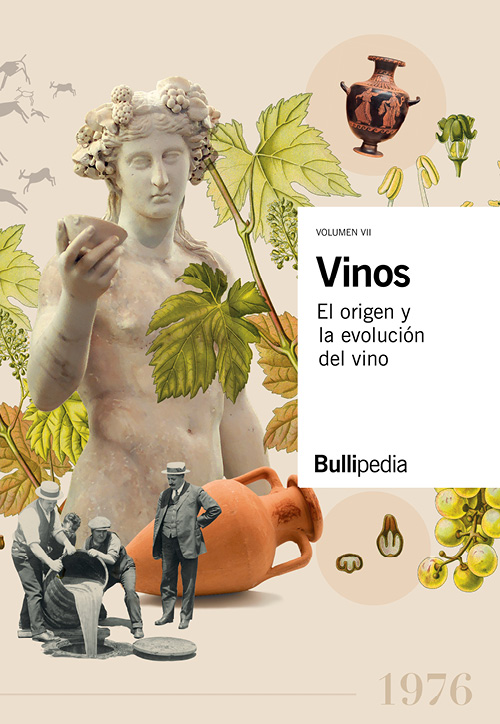
CHAPTER 3
Elaborating, transforming, combining, mixing, preparing, assembling, processing: cooking is all of this!
How many actions can we refer to with verbs other than ‘cook’ that have the same meaning? As we will see when analysing their definitions, there are actions, such as transforming, combining, assembling or producing, which, when we perform them, imply that we are cooking.
In order to create something new in culinary terms, you have to cook it!
Here, we ask ourselves about situations in which we cook in order to create and about the possibility of creating by cooking. We consider the option of creation in the kitchens of both professionals and amateurs in terms of the intention and of the variations in available resources in both cases.
What does it mean to cook creatively? What does being innovative with cuisine involve?
All food resulting from a transformative process, which we refer to as ‘elaborations’, was created at some point in time; cuisine has been creative since its beginnings, but at present this concept has another nuance. We observe that there are chefs who produce a cuisine that can be described as creative. This attribute is associated with the fact that they contribute something new, either to the process or to the elaboration that is plated and tasted. Moreover, a cuisine can be innovative if the person who creates it manages to make a return on the value of what has been created – in other words, to make a profit.
Before elaborating, we prepare products to be cooked. Does cooking begin with this pre- elaboration stage?
Pre-elaboration is the stage prior to elaboration, which allows the latter to happen. During this step, ingredients are adapted and prepared so that other transformations can be performed on them, applying the ‘pre-elaboration’ techniques that are included in this section.
When we cook an existing elaboration… are we reproducing it or recreating it?
On the great majority of occasions where cooking is involved, an elaboration is being reproduced, a result that is arrived at after a previous pre-elaboration and a subsequent plating, steps that are part of the culinary process of reproduction.
The elaboration process ends with plating. The question of boundaries arises again… Are we cooking when we plate?
We devote a section to plating, which can be collective or individual, as the last part of a process by which the elaboration is considered plated and ready to be tasted if no additional transformations are required.
If the intention is not to make immediate use of elaborations after cooking, does this change the way they are cooked?
One of the possible uses of cooking is preservation, the specific goal of which is to ensure that elaborations do not perish immediately if they are not consumed once they are cooked. This uses techniques and/or tools that allow the elaborations to keep in the short, medium and long term.
Is everything we’ve discussed so far difficult to do? Is cooking complicated?
Cooking can be easy or difficult depending on the techniques cooks choose to use and the knowledge they have of them. The complexity of a cuisine, on the other hand, does not depend on the techniques used, but on the intermediate stages required by an elaboration in order for it to be tasted.
Everything that is elaborated is cooked, because it has undergone a process of elaboration. Why, then, is there confusion between what is raw and what is not raw?
Elaborations, as a result of the transformations they undergo when cooking, may be raw, not raw or half-raw, but if they have undergone an elaboration process, they will always be ‘cooked’.
















